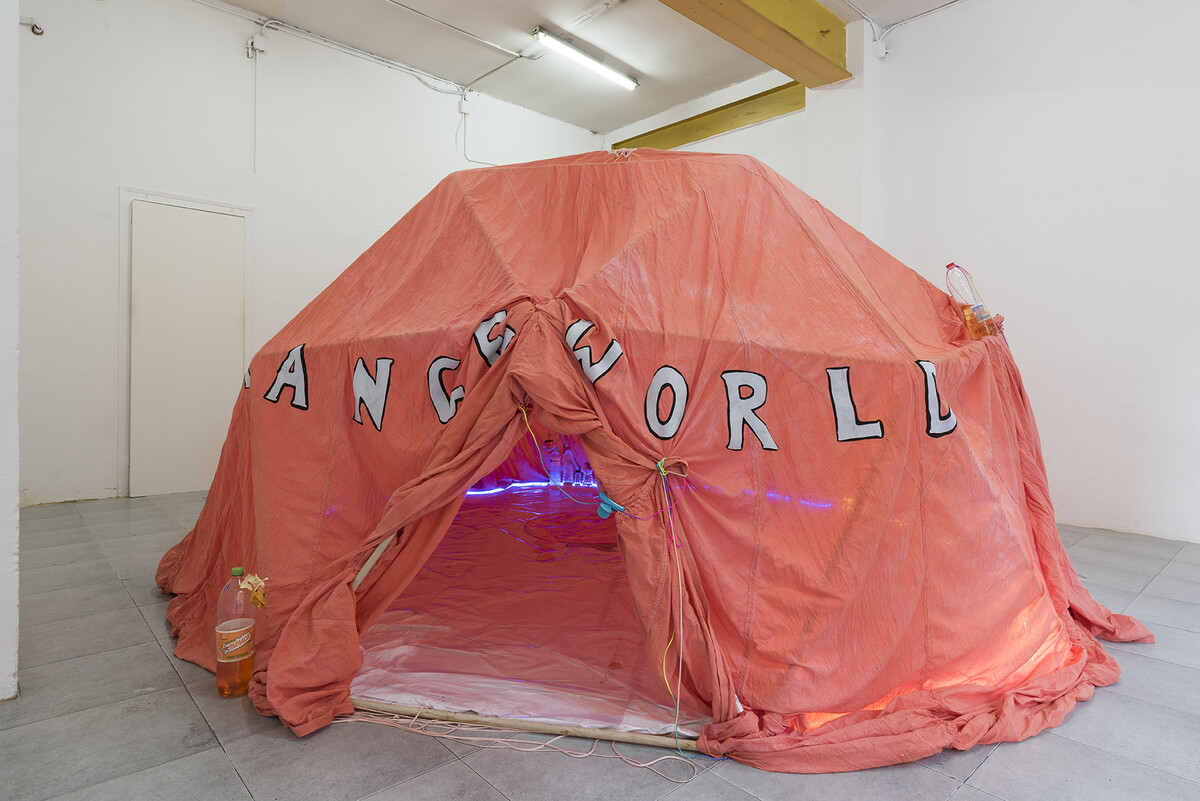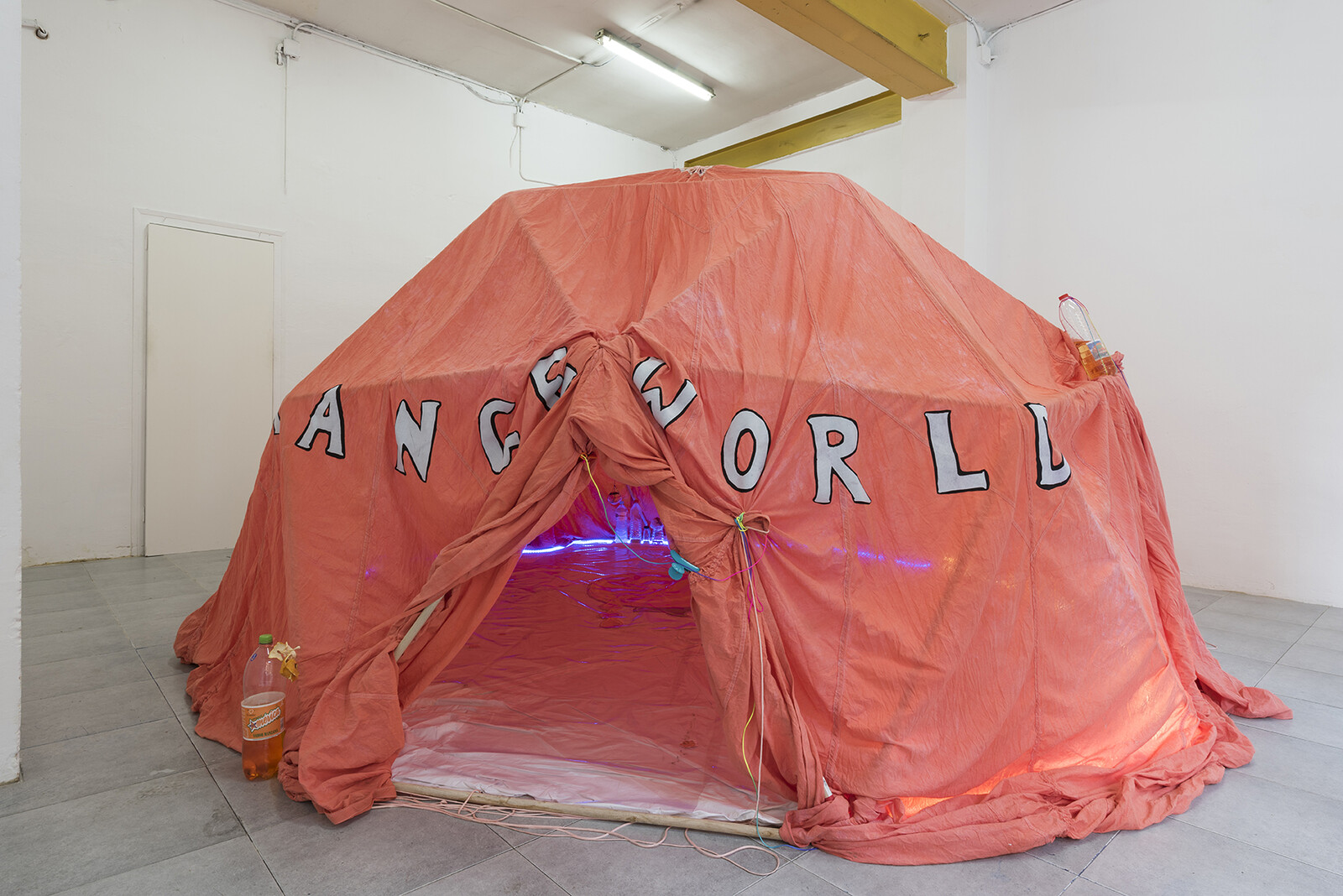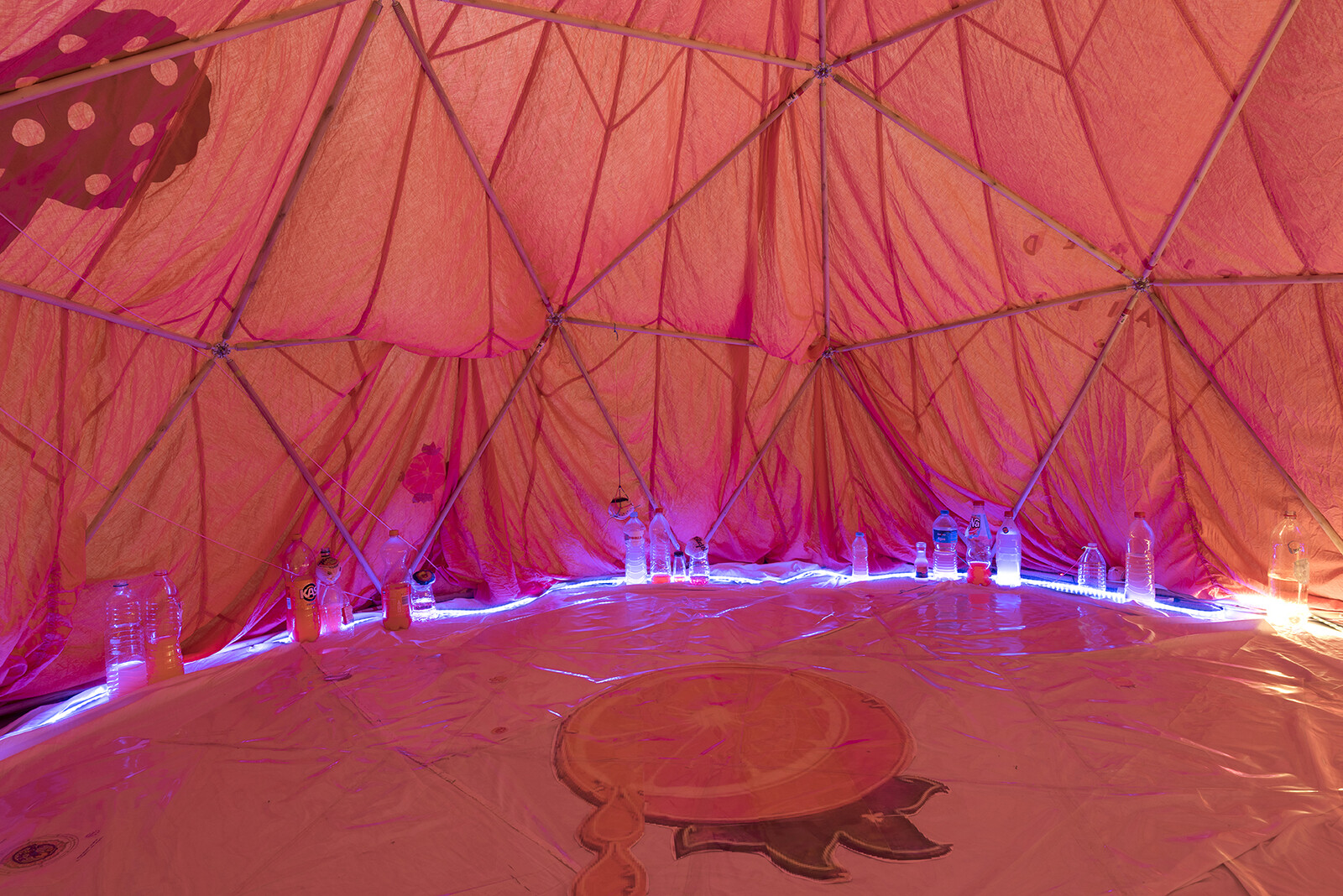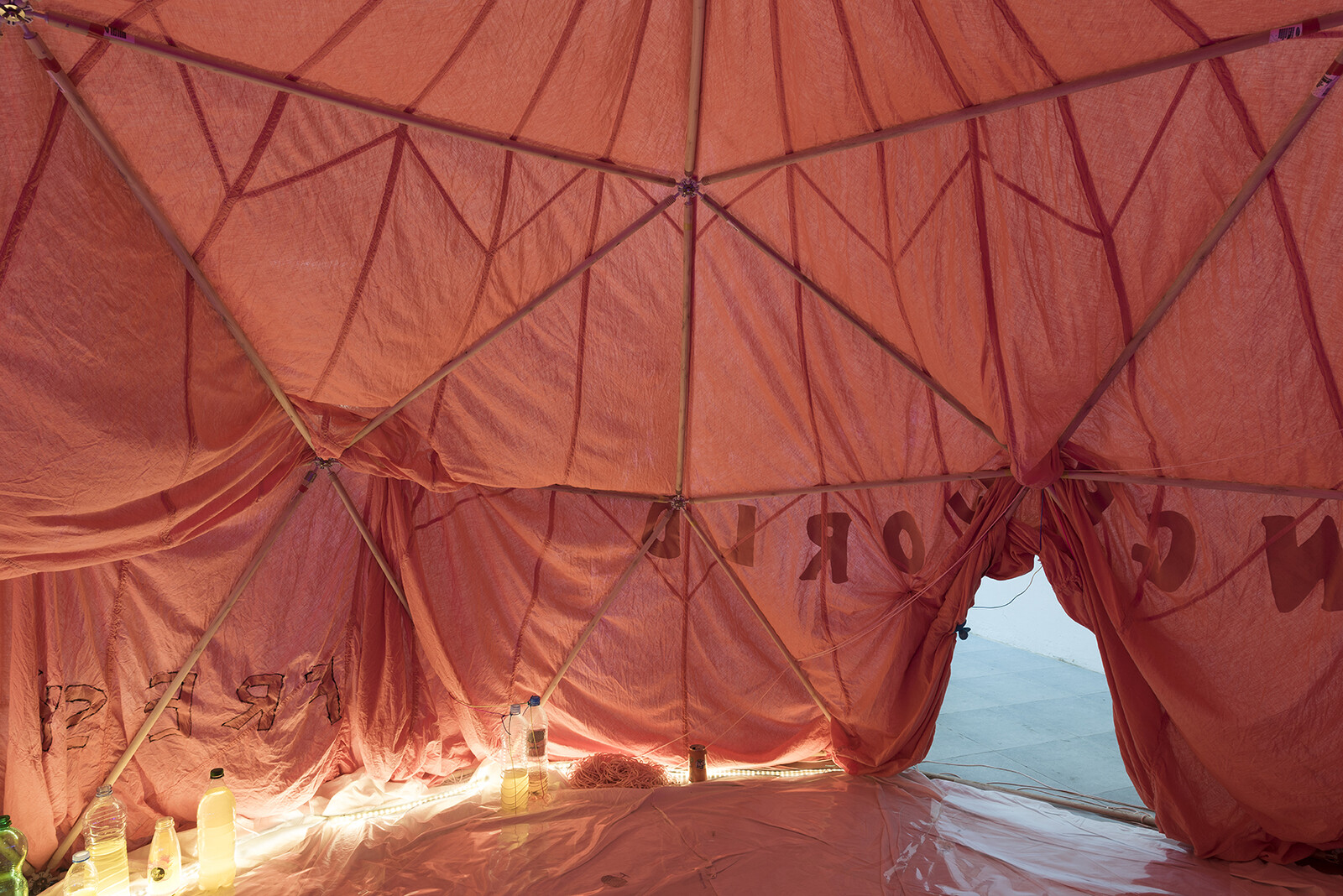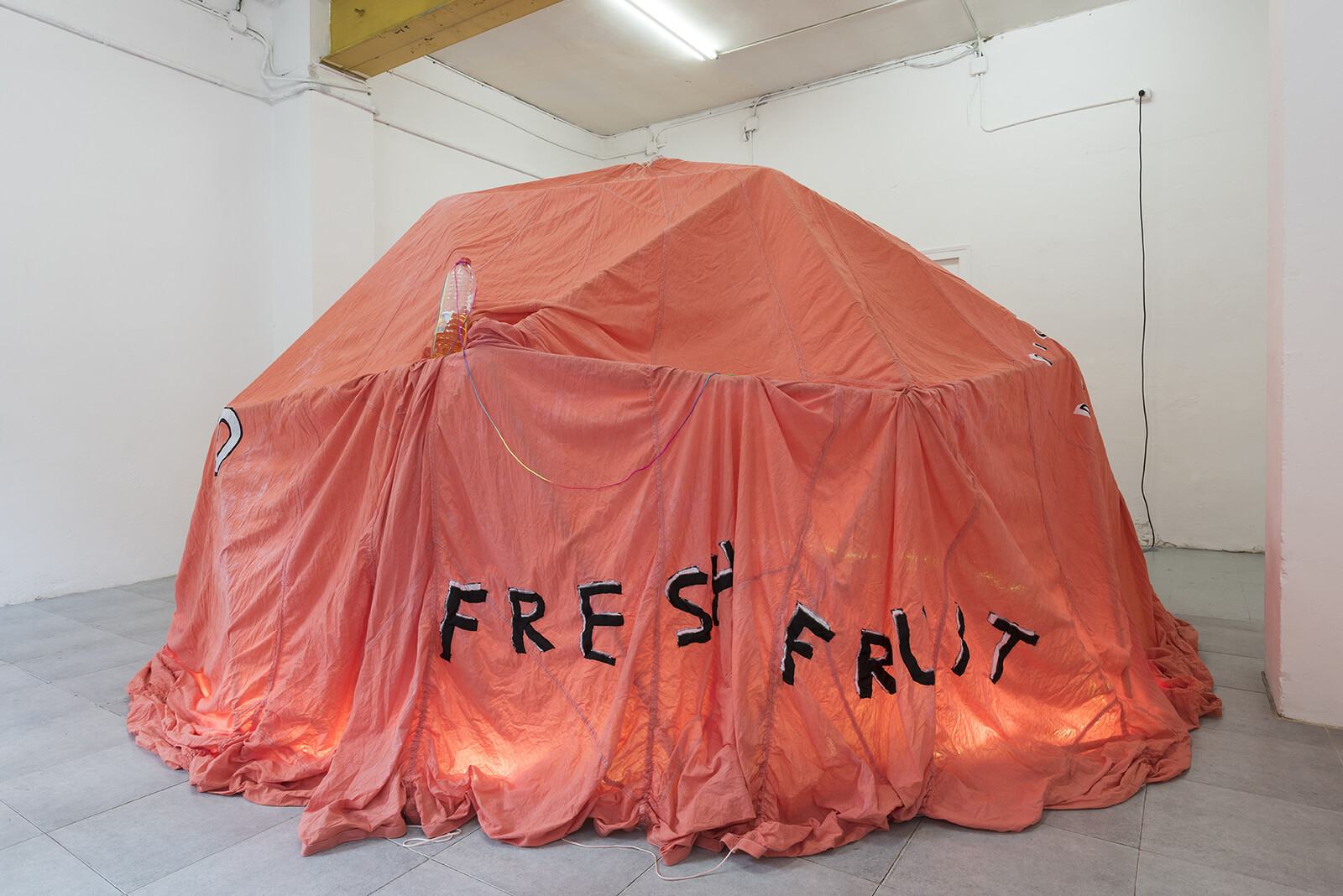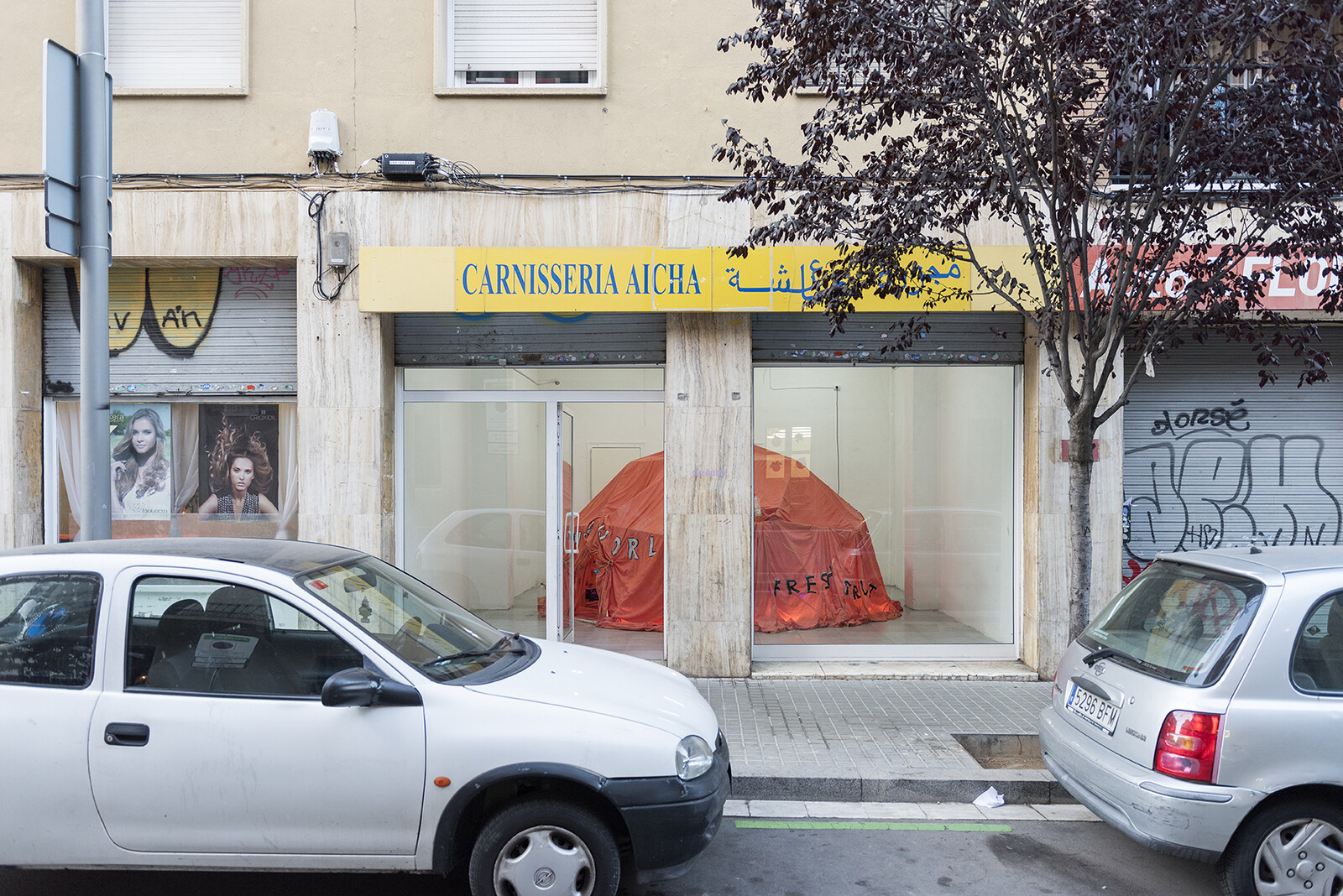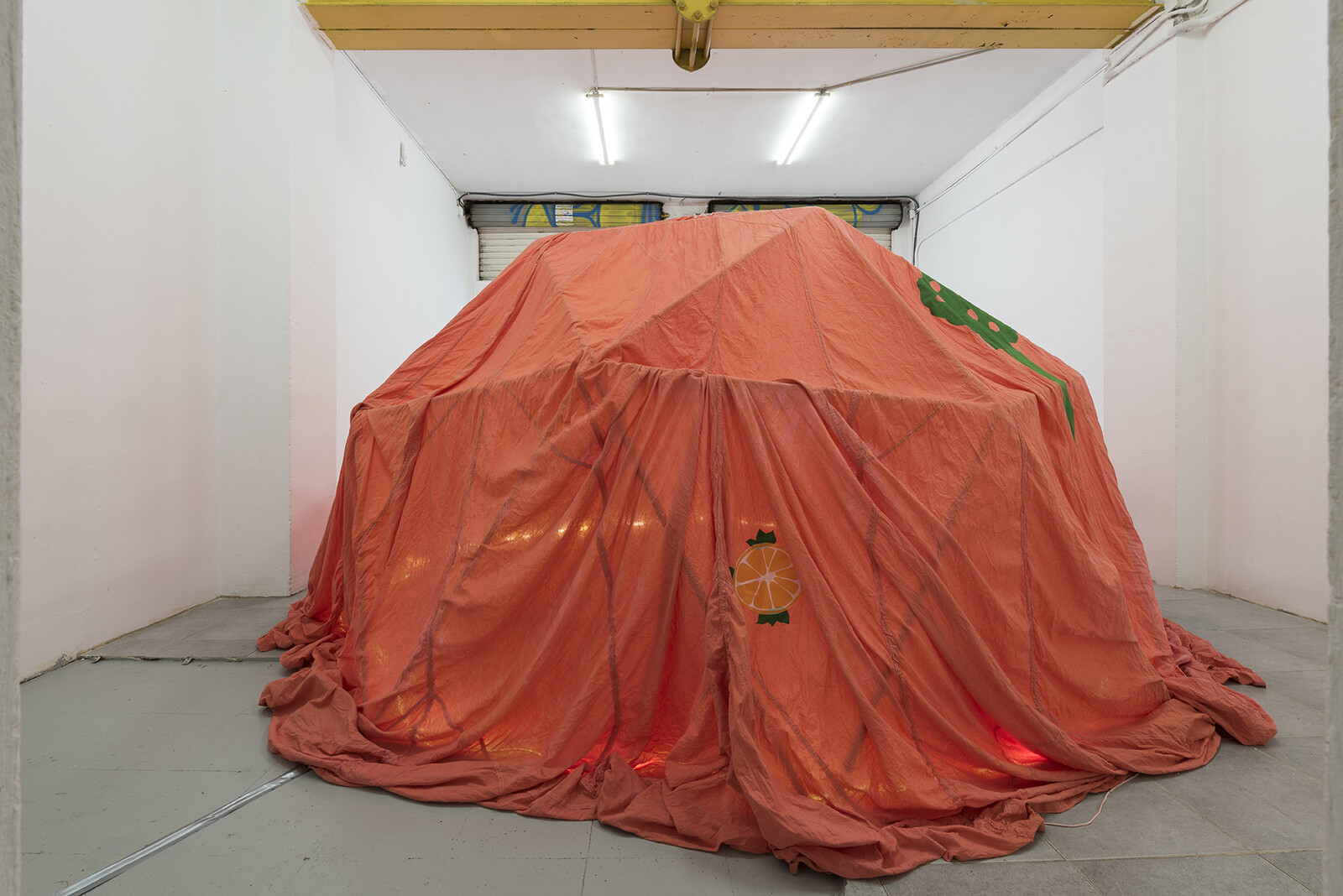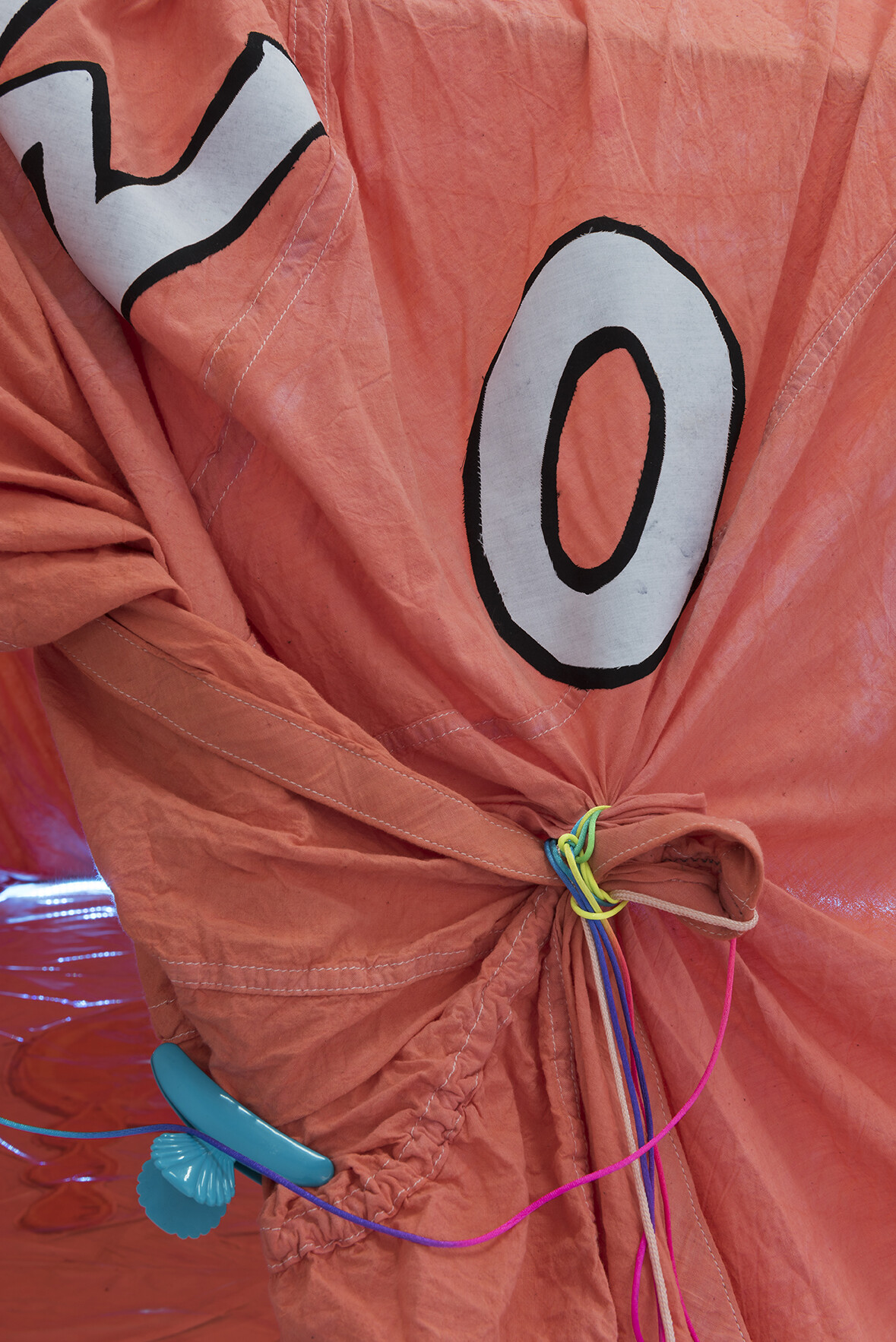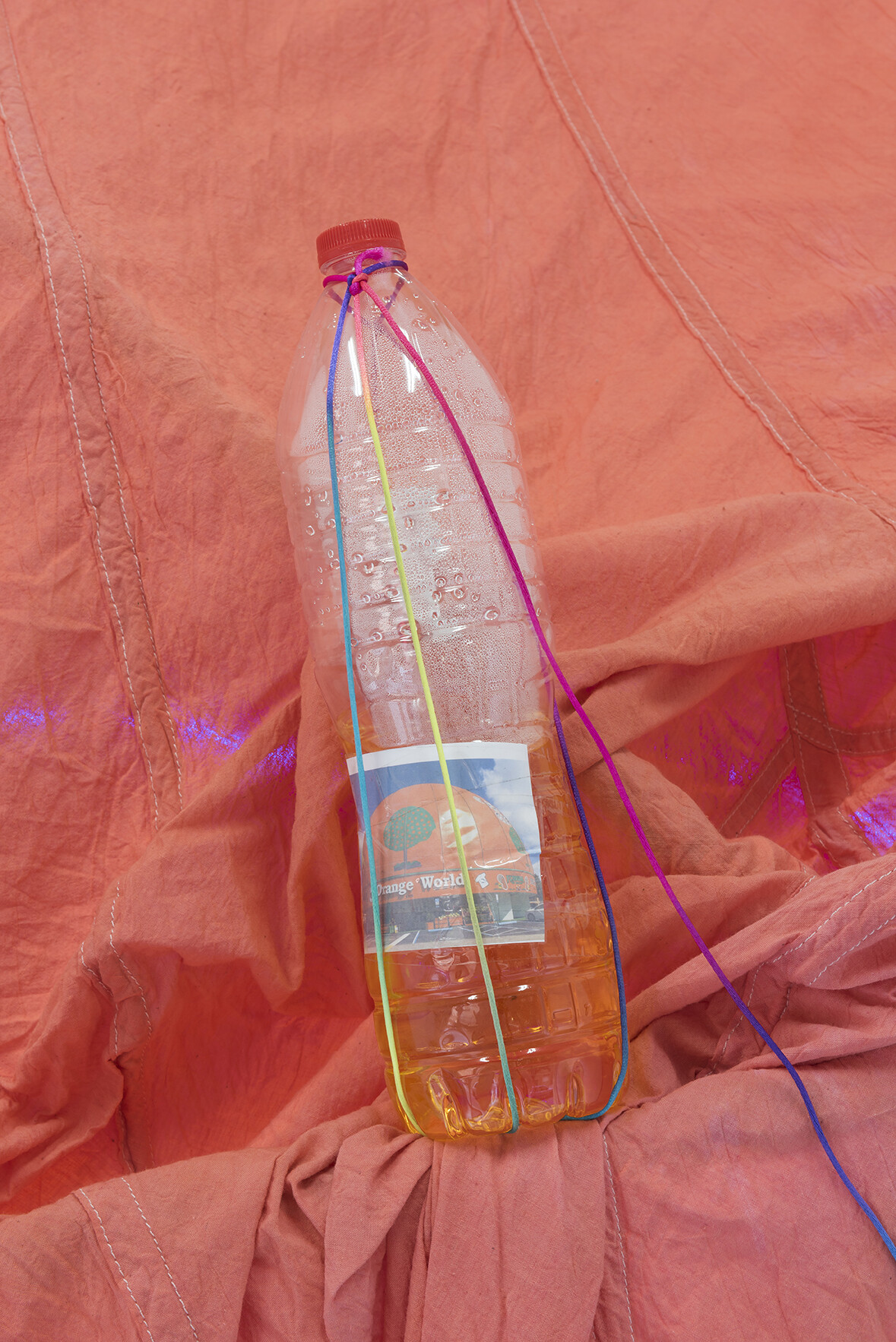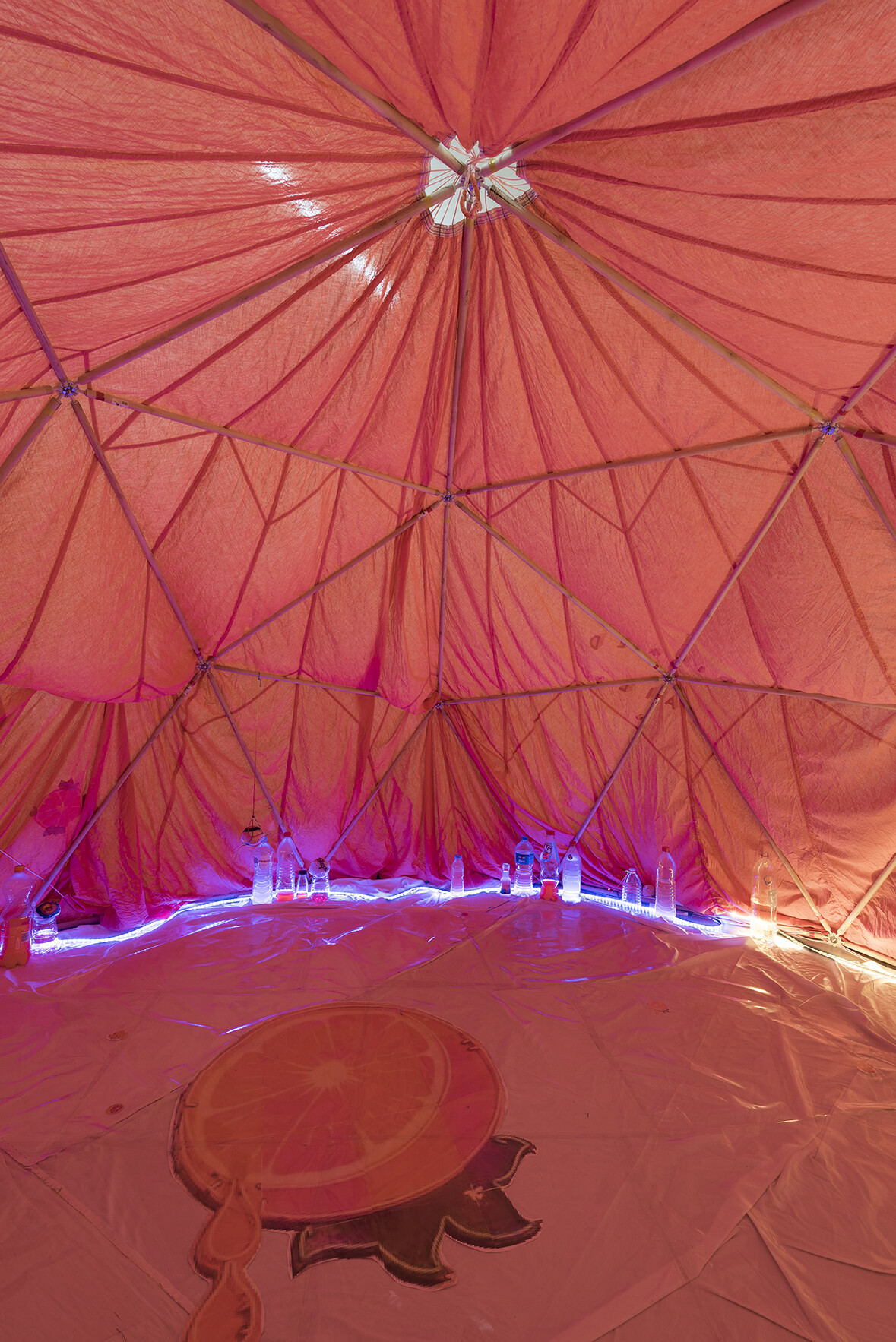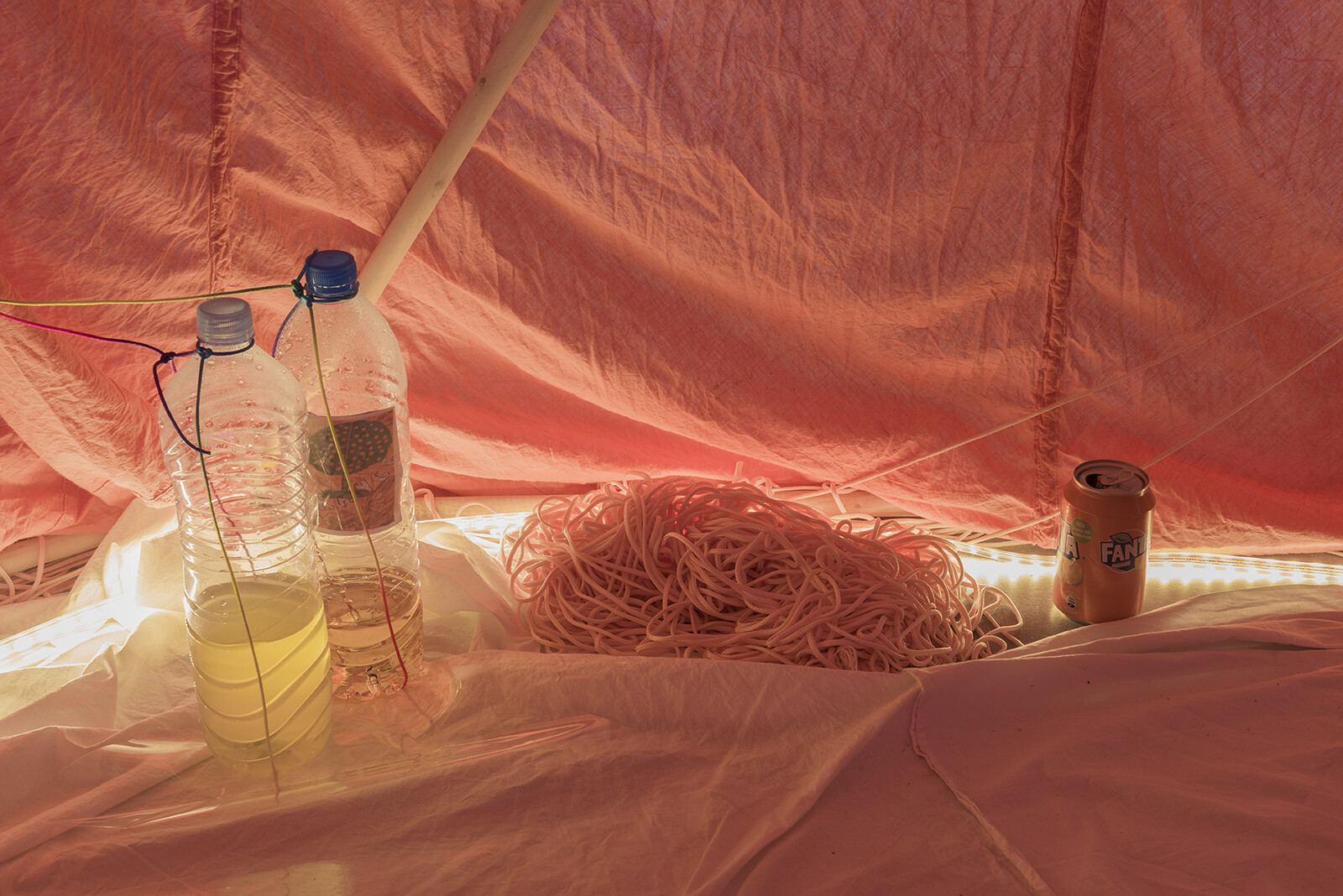“If you believe you’re a citizen of the world, you’re a citizen of nowhere. You don’t understand what the very word ‘citizenship’ means.” I was sent into a cold rage when I read these words what feels like a never-ending day ago in the transcript from Theresa May’s Conservative Party Conference speech of October 2016.1 The sentences still reverberate. Supposedly they targeted “people in positions of power [who] behave as though they have more in common with international elites than with the people down the road, the people they employ, the people they pass in the street.” They simultaneously scorned free movement, no-borders politics, and international solidarity. For those opposed to the Leave campaign’s catalyzing effects on xenophobia, disinvestment, and abstract nationalist desire to “take back control,” a heavy blow to hope had already been struck by the vote back in June. Following her appointment as prime minister, May’s formal response to the referendum result set the electorate’s action into cruel and condescending relief.
“Orange World” opened in Barcelona two months after the Catalan referendum for independence from Spain. During my stay there, the city is punctuated by pro-independence yellow ribbons tied to railings or graffitied onto walls. Apartment buildings are brightened by conflicting displays of Spanish and Catalan red and yellow flags. I reflect on Brexit because it is in the ongoing period of negotiations that (like me) a UK artist such as Holly White is able to travel easily to Barcelona from her current home in Glasgow following a recent move from Berlin, first for a site visit and then to install her show at Cordova, a gallery relocated since summer from Vienna where it was established in 2015 by Cory Scozzari, a US citizen unable to remain in the UK after studying and co-running the South London project space Jupiter Woods.
While “Orange World” derives its name from a superstore located in Florida, Scozzari’s home state, the exhibition is not meant as a tribute. Indeed, while this exhibition upholds a characteristic interweaving of emotional narratives and consumer culture, it also marks a notable shift for White, out of a habit of featuring friends and people she knows in her work—see for example the “Classic Friendship” podcast series, the archive of zines, vlogs, and Goth Tech music collaborations on the artist’s website, amid photos of previous exhibitions that have in common evocations of alternative cultures (rave/neon/hippy), a kind of cloying comfort, a sense of impending apocalypse, and a sometimes strained but undying optimism.2
A series of online searches led to White’s discovery of the dome-shaped Floridian “Orange World” where all manner of edible orange products are sold, and to The Gibeau Orange Julep, a spherical orange restaurant and roadside landmark in Montreal. The artist was attracted to orange as it appeared on Barcelona’s shop fronts, including the greengrocer’s a stone’s throw from Cordova. On the side open to the fruteria’s customers, displays of fresh goods are laid out in boxes beneath a capacious orange awning, a kind of shelter. “Orange World” also shelters, and the absence of friends seems apposite; the short story written by White in lieu of a press release welcomes strangers, concluding that “Orange World… would be somewhere to exchange news and somewhere to hang out for a few days in the company of new people.” One interpretation of “Orange World” is as utopian counter-narrative to Theresa May’s “nowhere.” In the first use of the word utopia, by Thomas More in 1516, was the double meaning of “no place” or “nowhere” and “good place,” from the Greek ou-topos and eu-topos respectively.
A margin has been left, wide enough for walking the perimeter of this utopian-spirited, tented installation, but time spent within is more gratifying, almost therapeutic. Entry to the glowing makeshift grotto of an inside, filled with bottled orange drinks of various brands—Fanta, Trina, America, and Kas—and locally sourced oranges wrapped in paper, is permitted through a rough triangular opening in army surplus parachute fabric, held in place with rainbow string and a plastic crocodile hairclip, and appliquéd with the show’s title. Originally pink but dyed orange, the textile’s hue continues to alternate, internally illumined by color-changing lights. Looking up, I see the framework of the dome I’m sitting in, on a floor of embroidered bedding and pest control service dust sheets, covered in orange decorations and plastic, is made of broomsticks fitted into the hubs of a DIY kit for geodesic domes. Later I read of the geodesic dome’s capacity for distributing structural stress.
Popularized through the mid-1950s and 1960s by Buckminster Fuller, the geodesic dome offers a visual reference to utopianism. But whereas Fuller’s invention was taken up for military and industrial use, White’s dome is a holding space for a more peaceful world. Her short story is written in the conditional, future-oriented tense, and the horizon—“We could see the orange dome in the near distance”—is post-capitalist; found orange goods are barter: “On the bike trailer we had a crate of dusty, but still drinkable, capri-sun, and we were looking forward to seeing what Orange World had to offer in exchange.”
In this meeting place of skillful handcraft and casual object arrangement, the pleasure of warm color, juicy fruit, and sugar elicits nostalgia for the childhood activity of building dens. If I find this discomfiting it’s in part because I know it could be dismissed as naff and childish, anti-aesthetic and abject, the story so simple it could be understood by a child. But why would that be bad? There’s a primary school directly opposite from Cordova, and I imagine its pupils would have enjoyed this installation as much as I instinctively do. To cherish childhood and intergenerational cultures as White does (for a clear precedent see The Party for 3015 [2015]), to combine that with a practice that is at once site specific and international, strikes me as having political import.3 In a world where May condescends and presides over draconian immigration policies in combination with ongoing austerity cuts to childcare, and where Spanish Prime Minister Mariano Rajoy is decried for repeating the strategy he used on Podemos, dismissing Catalan separatists as “unruly kids,”4 the figure of the child carries the power to contest.
http://www.independent.co.uk/news/uk/politics/theresa-may-speech-tory-conference-2016-in-full-transcript-a7346171.html.
http://www.holly-white.com.
https://vimeo.com/135232710.
https://www.lrb.co.uk/v39/n21/duncan-wheeler/after-the-vote.
